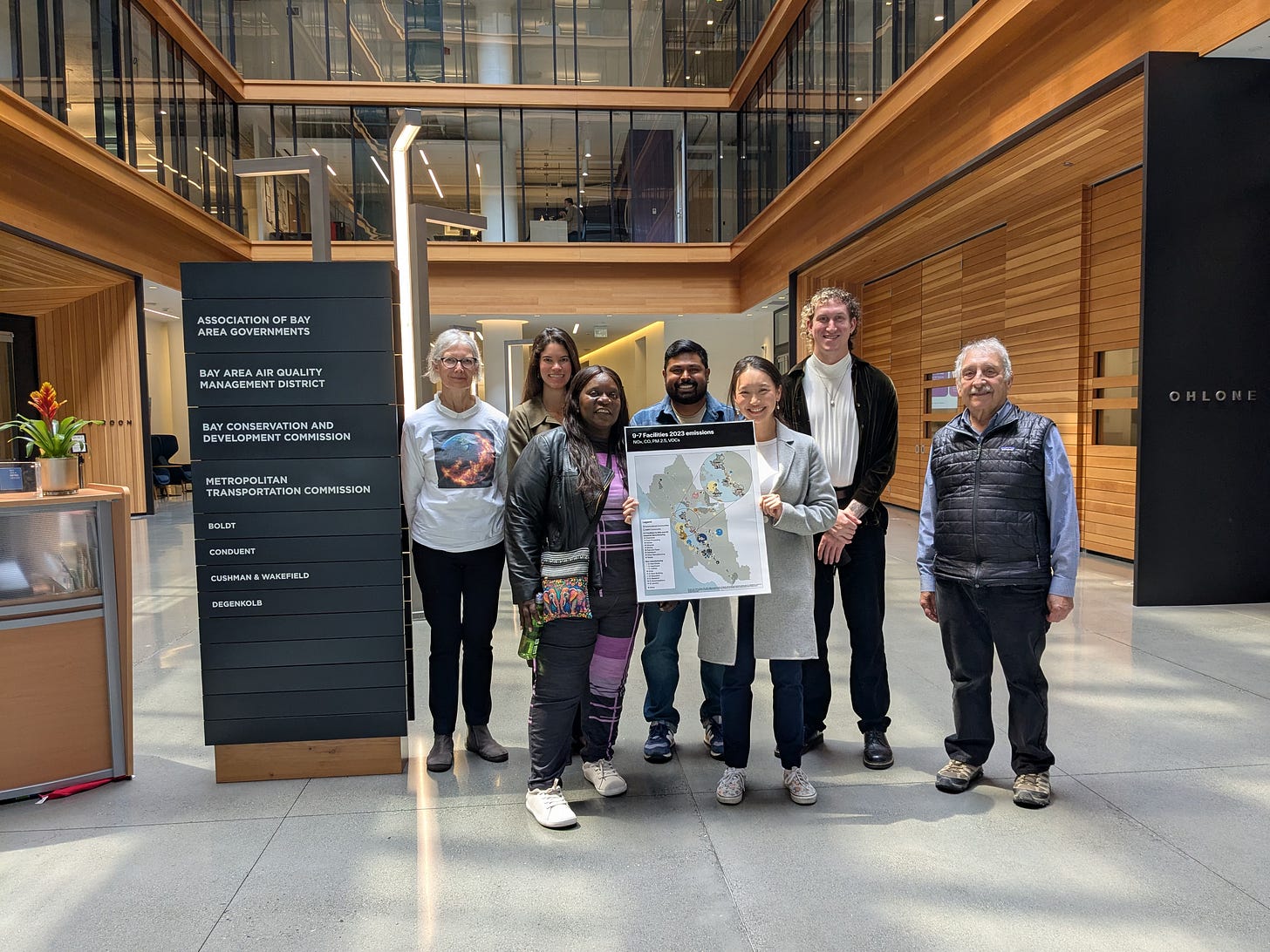Regulating industrial heat, an important source of emissions in California
Manufacturers could switch their processes to electricity, eliminating NOx and particulate pollution as well as CO2 emissions
Guest post by Steve Rosenblum
Thermal energy storage technologies store heat for later use as energy, adding significant energy efficiency to industrial processes such as food processing, paper making, and pharmaceutical manufacturing. With greater efficiency, a factory can more easily switch its heating source from methane to electricity—and eliminate NOx and particulate pollution while also eliminating CO2 emissions.
At the beginning of this year’s legislative session, Climate Action California signed on to work with the California Clean Manufacturing Coalition (CCMC) — including Earthjustice, Sierra Club, and Industrious Labs—supporting AB 1280 (Garcia), which has now passed the Assembly floor and is awaiting hearings in the Senate.
The bill qualifies thermal energy storage for multiple financial incentive programs administered by the California Infrastructure and Economic Development Bank (IBank) and the California Energy Commission (CEC), and expands programmatic language to include project labor and community benefits agreements. The intent is to provide funding to manufacturers using relatively low-temperature heat (up to 600 degrees C), such as food processing, paper making, and pharmaceutical manufacturing—to switch their heating source from methane to electricity, thus eliminating NOx and particulate pollution while also eliminating CO2 emissions. CAC has joined in writing a support letter for the bill as well as giving me-toos in committee hearings.
In concert with this statewide effort, we have been working locally with the same coalition asking the Bay Area Air District (BAAD) to prioritize the revision of BAAD’s Rule 9-7, which regulates process heat. The rule was last revised in 2011. We are urging the District to amend the rule to completely eliminate, over time, NOx emissions for these sources of process heat.
The District, which includes San Francisco, Alameda, Contra Costa, Marin, Napa, San Mateo, Santa Clara, Solano, and Sonoma counties, is home to over 1,200 facilities that operate more than 5,000 furnaces and boilers — many of which still use outdated technology, generating heat from methane gas. These operations produce a wide range of goods, from coffee and whiskey to cardboard and medicine. This interactive map, prepared by the Coalition, allows you to look at your town and county and see where these sources of pollution are.
On Wednesday, June 11, the Stationary Source Committee of BAAD discussed the priority of their rule-making for the next five years. Up to now our campaign has focused on meetings with District staff and members of the Board of Directors, gathering support for updating the rule. We circulated a petition to the Committee signed by residents in the BAAD in support of the rule which now has 335 signatures, and distributed it to Committee members at the meeting. After the staff presentation, about a dozen people commented in support of prioritizing Rule 9-7 in the five-year plan.
Due to staff limitations, the District can only promulgate about two rules per year, so Rule 9-7 must compete with other potential rules on pollution sources that also affect air pollution and climate. At the end of the meeting Committee Chair Ken Carlson suggested that in order to better understand the relative importance of competing rules, Board members need more data comparing their respective effects. After considering public comments, Board feedback, and further data analysis, staff will present their final five-year rules plan to the Stationary Source Committee in early 2026. We’ll be there!





